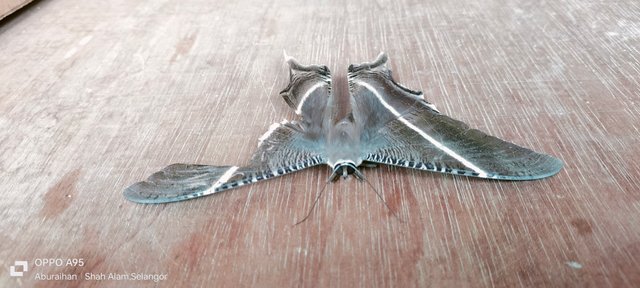The butterfly photography Macro Photography Challenge - Week 71
The butterfly, a kind of moth, is aesthetically pleasing. It has a distinct attractiveness due to its broad, spreading wings. This brown moth may blend in with their surroundings thanks to the white stripes or light-colored patches on its wings. This kind of moth is typically found in areas that are warmer and more humid. They prefer to rest on tree trunks or the ground during the day and are more active at night.


The primary habitats of these moths are wooded, rural, and forested settings. Their primary food source is nectar from leaves and flowers. The wings' unique form and pattern aid in deceiving predators. Predators can not see this design, which also makes it easier to blend in with the surroundings. These animals are adept at defending themselves.

The laying of eggs and the appearance of pupae or larvae are crucial stages in a butterfly's life cycle. The larvae develop quickly and become moths after feeding on the leaves. Their life cycle is influenced by the environment and plants. They are an essential component of the food chain in addition to aiding in pollination.





In addition to serving as a defense against predators, moths' wing patterns also demonstrate their balance with the environment. Moth wings' distinctive pattern and hue serve as an illustration of nature's magnificent handiwork. Because they offer a chance to learn, these moths are extremely valuable to researchers.
| Device | Name |
|---|---|
| Android | oppo A95 |
| Camera | 4.71 Mm, f/1.0, (iso100) |
| Location | Malaysia 🇲🇾🇲🇾🇲🇾 |
| Short by | @aburihan |
My Twitter Link
https://x.com/AbuRiha123/status/1870121973977886973
Congratulations, your post is upvoted by CCS curation trail from CCS - A community by witness @visionaer3003.
Vote for @visionaer3003 as witness.